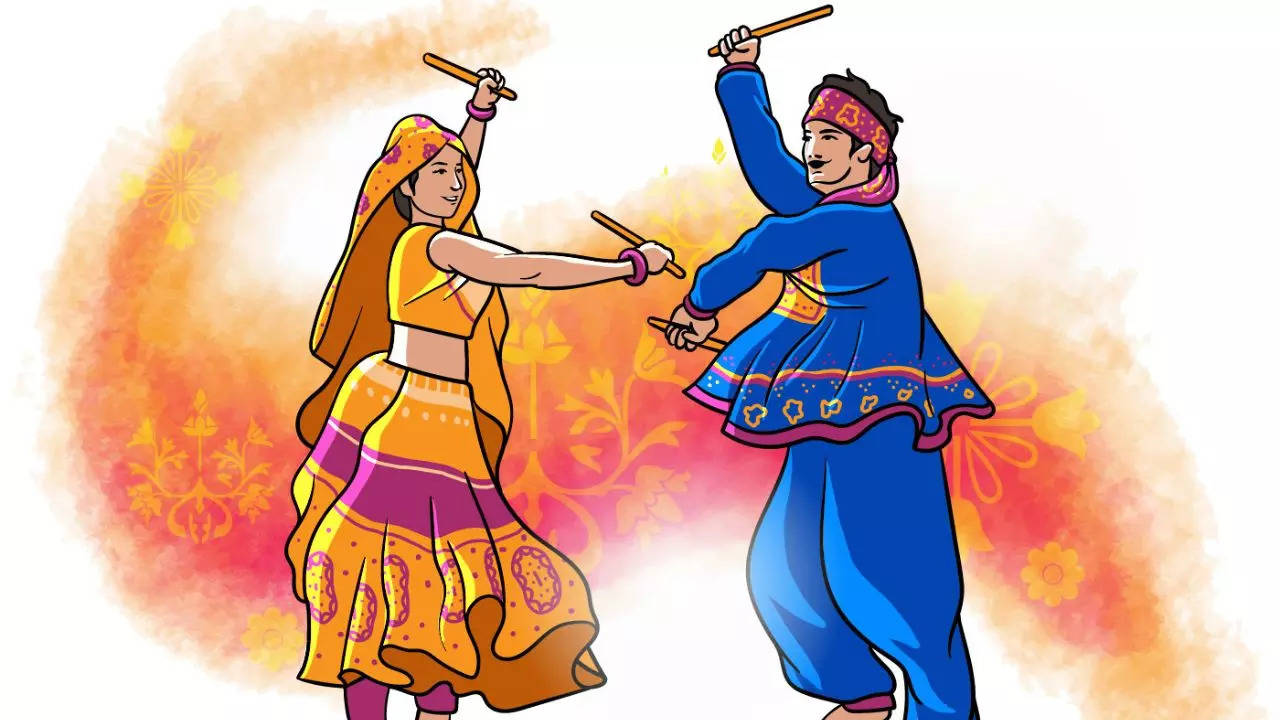
Why is Navratri celebrated in October? Here's all you need to know about the festival dedicated to Goddess Durga
While the country comes together to celebrate Navratri in the next few days, not a lot know why the festival is celebrated towards the end of September and early October. Here's the significance behind the festival's celebrations.

Navratri Significance
The celebrations of Navratri are just around the corner and we can't wait to kickstart the auspicious celebrations. With each day being dedicated to a Goddess, devotees don a particular colour that represents a different avatar of the deity. But apart from fasting to please the god, eating delicious delicacies and getting to meet your family and close ones, the new generation often forgets or doesn't know about the significance and story behind the celebration of the festival, so here goes!
The nine-day festival is derived from two Sanskrit words - Nava which means nine and Ratri which means night. As per ancient Hindu mythology, the festival stands testimony to good over evil. As per traditions, Goddess Durga fought demon Mahishasur for nine days and beheaded him on the 10th day. And hence, the last day of the celebrations aka Vijaydashmi or Dussehra is celebrated on the tenth day.
Apart from Goddess Durga, Goddess Saraswati, Goddess Lakshmi Lord Ganesha and Lord Karthikeya are also worshipped during these 10 days. As the festivities begin next week, here is a list of colours that is dedicated to each day of the week:
Day 1 - September 26 - White
Day 2 - September 27 - Red
Day 3 - September 28 - Royal Blue
Day 4 - September 29 - Yellow
Day 5 - September 30 - Green
Day 6 - October 1 - Grey
Day 7 - October 2 - Orange
Day 8 - October 3 - Peacock Green
Day 9 - October 4 - Pink
Stay tuned for all the latest updates on Navratri festivities.
End of Article


